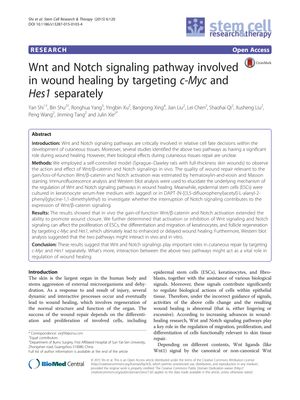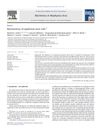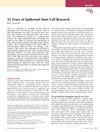Wnt and Notch signaling pathway involved in wound healing by targeting c-Myc and Hes1 separately
June 2015
in “Stem Cell Research & Therapy”

TLDR Wnt and Notch signaling help wound healing by promoting cell growth and regulating cell differentiation.
Shi et al. conducted a study on Sprague-Dawley rats to explore the roles of Wnt/ß-catenin and Notch signaling pathways in wound healing, focusing on their effects on epidermal stem cell proliferation, keratinocyte differentiation and migration, and follicle regeneration. The study found that activating these pathways with LiCl and rhNF-kB accelerated wound closure, improved healing quality, and enhanced hair follicle formation, while inhibiting them with DKK1 and DAPT delayed healing. Western blot analysis and histological examination showed that Wnt signaling targets c-Myc, promoting cell proliferation, while Notch signaling targets Hes1, regulating differentiation. The study concluded that Wnt and Notch signaling are important for wound repair, with their interaction being crucial for the regulation of the healing process. Further research is needed to understand the mechanisms of their interaction, which could lead to new treatments for delayed healing and scarring. The study was supported by the National Natural Science Foundation of China and the Guangdong Science and Technology Program Project Funds, with no competing interests declared by the authors.
View this study on stemcellres.biomedcentral.com →
Cited in this study

research Biochemistry of epidermal stem cells
The review found that different stem cell types in the skin are crucial for repair and could help treat skin diseases and cancer.

research 25 Years of Epidermal Stem Cell Research
Research on epidermal stem cells has advanced significantly, showing promise for improved clinical therapies.

research Wnt-dependent de novo hair follicle regeneration in adult mouse skin after wounding
Hair follicles can regrow in wounded adult mouse skin using a process like embryo development.
research Involvement of Follicular Stem Cells in Forming Not Only the Follicle but Also the Epidermis
Hair follicle stem cells can form both hair follicles and skin.